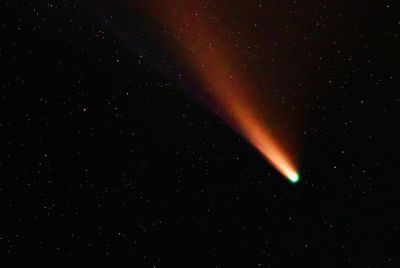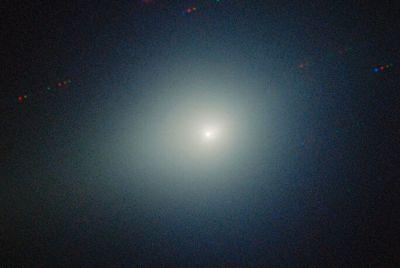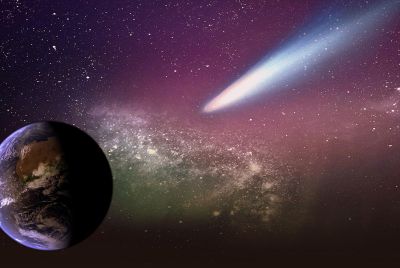3I/ATLAS Tracks Alongside Newly Discovered Asteroid 2025 SC79—Scientists Reveal Concern
Astronomers find 2025 SC79, the second-fastest asteroid, hiding in the Sun's glare. See why this discovery is key for planetary defence.
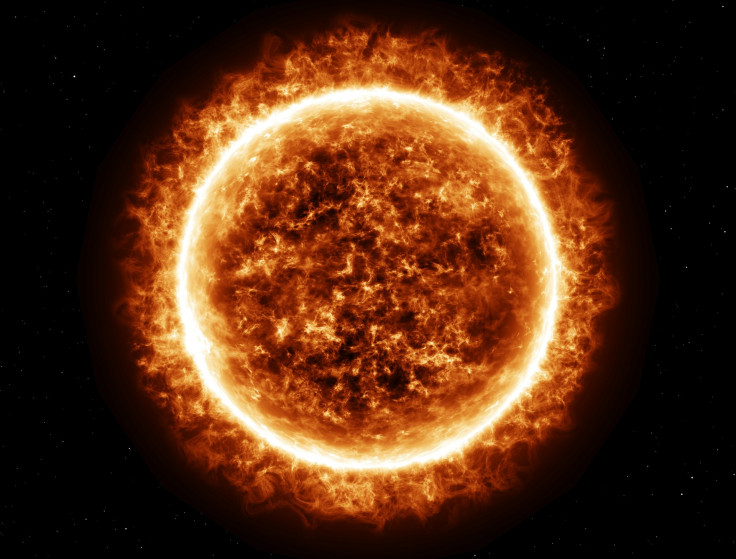
Hiding in the blinding glare of our own Sun, astronomers have spotted a new cosmic speedster. The asteroid, called 2025 SC79, has a pathway within the orbit of Venus that zips around the star in only 128 days. This discovery, announced by Carnegie Science, makes it the second-fastest unique asteroid orbit in the solar system. 2025 SC79 is also a formidable size: roughly 0.4 miles (700 metres) long, or about the length of a skyscraper.
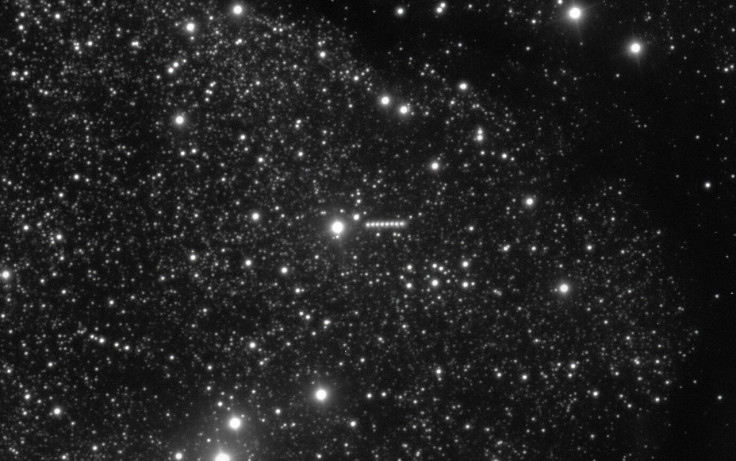
The Hunt for 2025 SC79 in the Sun's Glare
Carnegie astronomer Scott Sheppard, a noted discoverer of small moons, spotted the asteroid on 27 September. Its location, hidden in the Sun's glare, is what makes this find particularly significant. While 2025 SC79 will make no close approaches to Earth for the foreseeable future, finding such hidden asteroids is essential for protecting our planet, Sheppard emphasised.
'The most dangerous asteroids are the most difficult to detect', Sheppard said. 'Most asteroid research finds these objects in the dark of night, where they are easiest to spot. But asteroids that lurk near the sun can only be observed during twilight—when the sun is just about to rise or set. If these "twilight" asteroids approach Earth, they could pose serious impact hazards'.
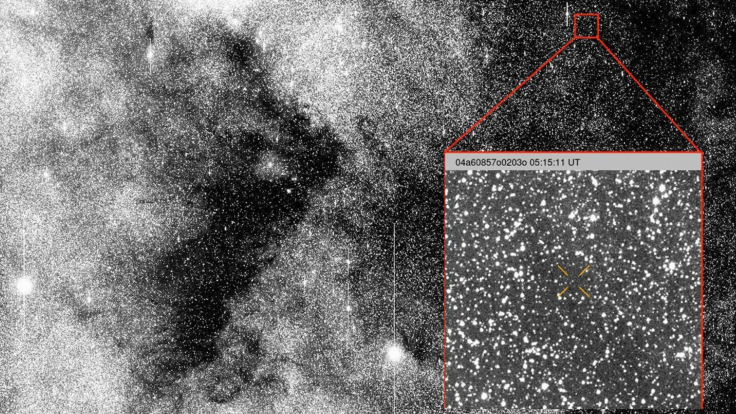
Putting Asteroid 2025 SC79 in Context
Sheppard and his team are specialists in this difficult 'twilight' hunt. They previously found the fastest-known asteroid, 2021 PH27, which circles the Sun in only 113 days. This specialised research, which includes financial support from NASA, uses the powerful Dark Energy Camera at the National Science Foundation's (NSF) Víctor M. Blanco 4-metre telescope in Chile.
The new asteroid's existence was confirmed by NSF's Gemini Observatory and Carnegie Science's twin Magellan Telescopes. News of 2025 SC79's discovery was shared with the astronomy community on 15 October in a circular from the Minor Planet Centre, a branch of the International Astronomical Union that shares information on small, natural bodies in space.
What's Next for 2025 SC79?
Follow-up observations of 2025 SC79 will need to wait several months as it is now behind the Sun from Earth's perspective. 'Future research of this object will reveal details about its composition—and how it survives the intense heat of its proximity to the Sun—as well as its possible origin', Carnegie officials stated.
Sheppard added that studying this type of asteroid has significant merit, as it helps astronomers understand how orbital perturbations, caused by the gravity of planets, can make their pathways veer over eons. 'Understanding how they [asteroids] arrived at these locations can help us protect our planet, and also help us learn more about solar system history'.
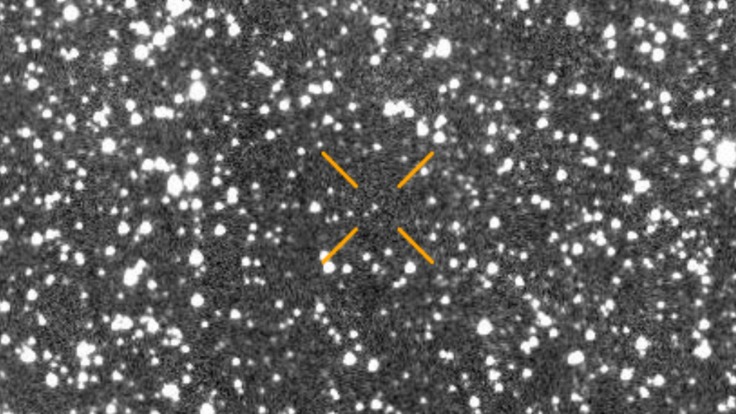
Astronomers keep a close watch on asteroids in the sky, including 'potentially hazardous' asteroids that, in the statistical sense, are deemed a little more worrisome. After decades of careful searching, however, no imminent threats to our planet have been found.
NASA and a network of telescopes keep searching just in case—with the work being deemed so essential that findings continue to be published this month despite the ongoing U.S. government shutdown.
The discovery of 2025 SC79 is a powerful reminder that our solar system is a dynamic place, with unseen dangers lurking where we least expect them—like the glare of our own Sun. While this skyscraper-sized rock poses no threat, its existence proves the critical importance of vigilant, round-the-clock sky surveys to protect our planet.
What are your thoughts on the hunt for near-Earth objects? Share your views on planetary defence in the comments below.
© Copyright IBTimes 2025. All rights reserved.










